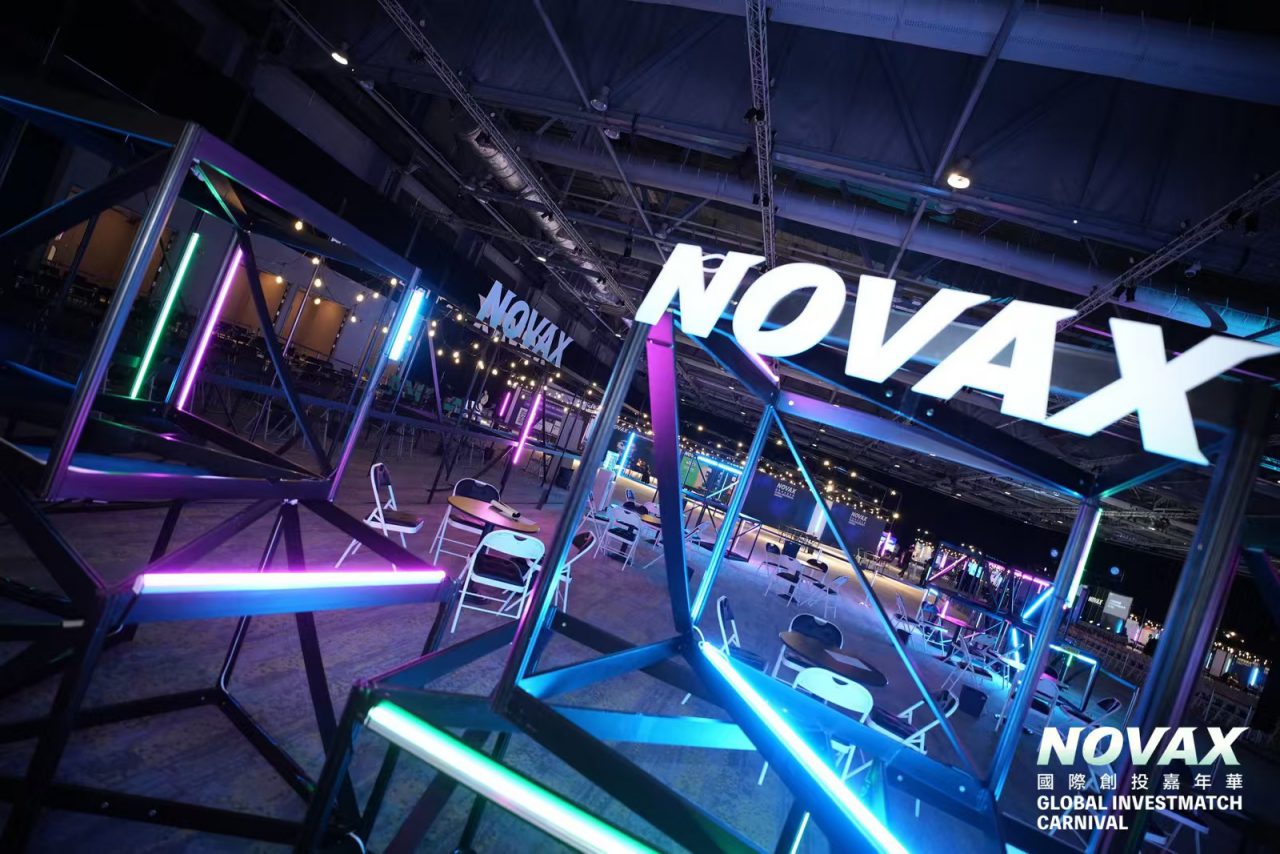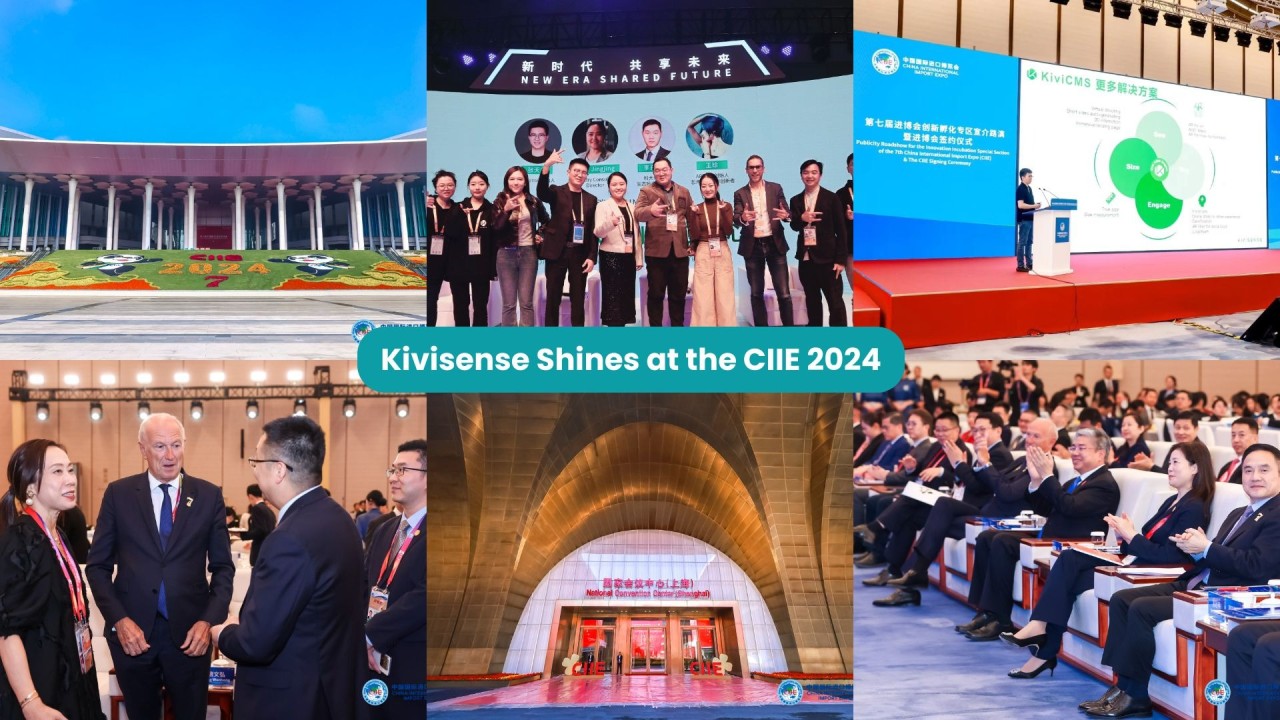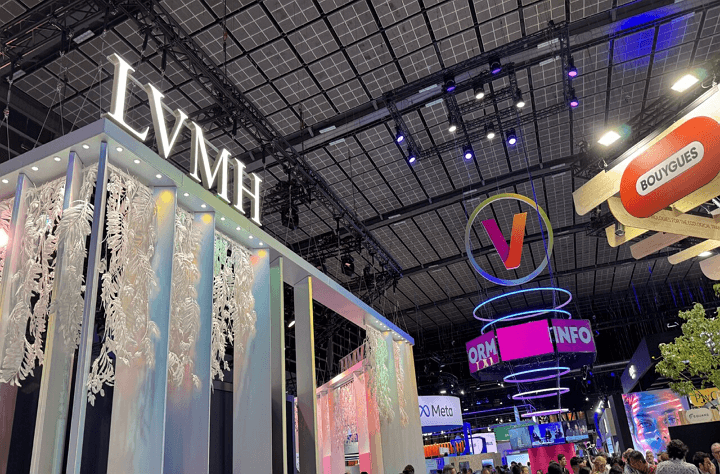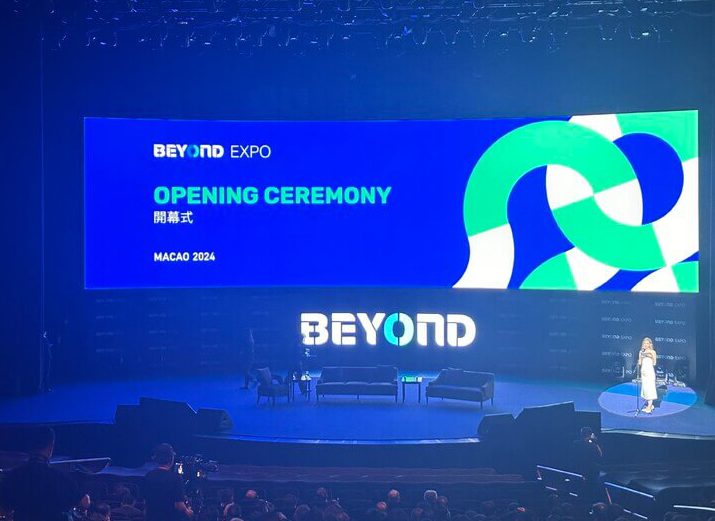What is the role of augmented reality in interior design?
Augmented reality in interior design is the idea of visualizing designs of buildings, offices, houses, etc for better prospects of the area. Before the augmentation was introduced, the sketches, drawings, and physical models helped understand the interior design but it wasn’t sufficient. Creating three-dimensional models of the designs has been the advent of AR. Not only does it make it an immersive experience, but it also brings real-time visuals by changing layouts, colors, and styles.
How does AR enhance the interior design process?
Augmentation saves a lot of time and effort on the part of the interior designers. Visualizing what you have in mind and bringing it to life is a tough idea. Since the advent of AR, fully immersive virtual environments have helped establish a trustworthy experience between designers and clients. The enhanced real-time visuals ensure less possibility of unnecessary revisions and tough conversations. Changing the world of digitalization, experiences have evolved, and augmentation has taken over interior design.
Applications of AR in interior designing
Virtual property tour
The virtual tours help clients visualize the space. Some platforms like ARki and Houzz lets you pre-plan the outlook of the space through layouts and pre-designs. The immersive walkthroughs into properties provide realistic approaches. From room dimensions to layouts, everything is on-spot customization. The customers can even preplan properties that are under construction. This convenience enhances the marketing efforts of interior designers and property dealers.
For example, Kivisense has helped designers revolutionize home renovation with a better user experience. The interaction is very convenient for designers trying to improve the design protocol. With the phone screen, the users can now evaluate the placement of the furniture and even make edits according to need. This is a very efficient interaction for clients who want to spend less time and money on interior design.
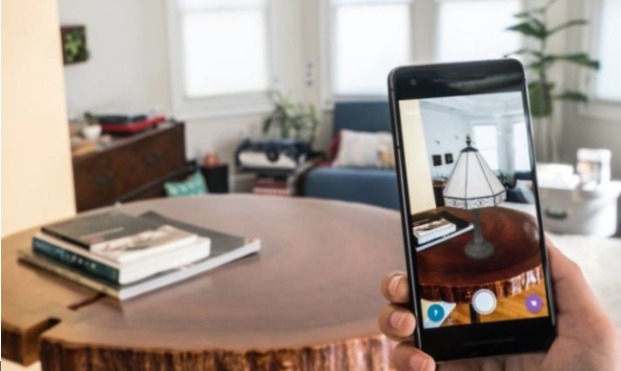
Real-time 3D modeling of spaces
If you have ever dreamed of getting visuals of how the space should look without actually having to do anything, augmentation is here. The instant changes to designing without spending thousands on remodeling bring ease of mind. It configures the functionality and timely looking into things that could go wrong if done without augmentation. Trying out different countertop materials and designs and adjusting accordingly is any designer’s dream.
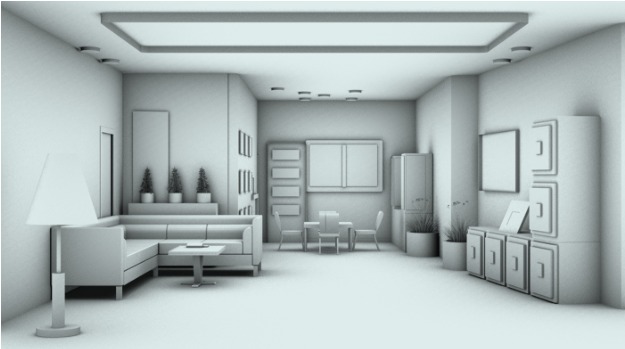
Source: behance.net
Customization of layouts and decor items
The user can reduce the merchandise return rate with customized layouts and decor items in augmentation. Not only is this sufficient to avoid excess quantity and risk of breaking frequently in transport, but the AR layout also provides a better space prospect.
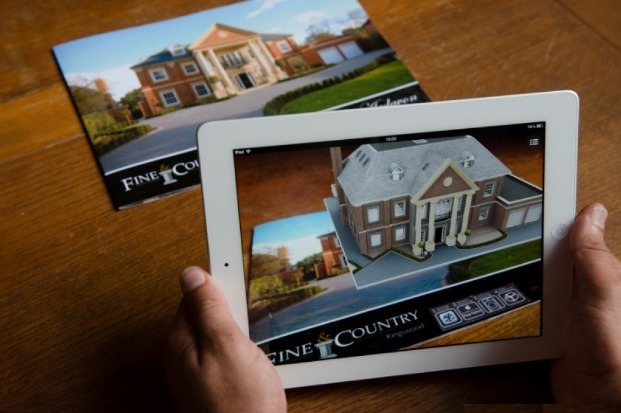
Source: jasoren.com
Virtual Floor Planning
Floor planning has never been easy. Whether tiles will go with the curtains and furniture has been the biggest question in the catalog of interior designers. Virtual floor planning accelerates the project. No more wasting time on what goes with what when you can decide what to get from the ease of your home.
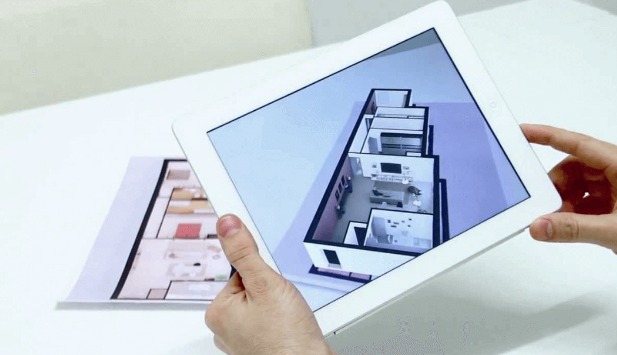
Source: jasoren.com
Experimentation with lights and shades
The best aspect of augmented reality in interior design is simulating how natural light can interact with the space. Interior designers can pre-plan how light will fall throughout the space in four seasons through window placements and curtain choices. From mood to ambient lighting, a personalized lighting setup is a fitting option for designers focused on reflective surfaces to absorbent ones.
Immersive AR furniture placement
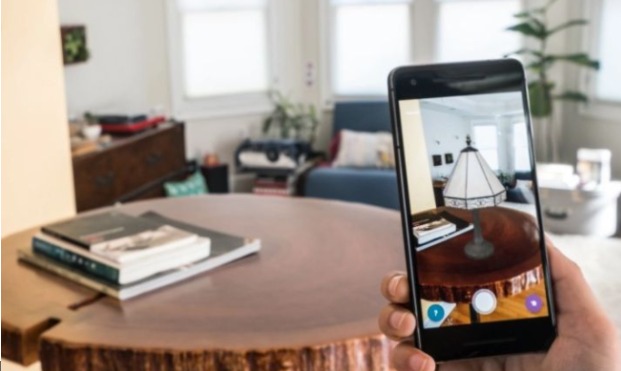
Source: Fahad Ibn Sayeed, dribbble.com
The highly realistic three-dimensional models ensure that there is no crowding or underwhelming of the space. The real-time adjustments help explore more layouts and visualize different parts of the room. Immersive augmented furniture placement helps with flow and functionality, avoiding obstruction by the furniture.
For example, AR SLAM technology is the simultaneous localization and mapping of objects. Kivicube SLAM AR is a new way of seamlessly placing furniture in a real-time environment and bringing a futuristic approach to interior design.
Benefits of AR integration in interior design
Accurate design reduces errors
The true-to-life perspective develops a sense of depth and size. The overlaying virtual furniture prevents unsuitable designs which later on cost extra for reconstruction. AR integration in interior design helps instantly design and remove unsuitable furniture in the space. This not only reduces cost but also brings to reality what the client has in mind.

Gucci has introduced SLAM AR in their Decor app and allowed users to virtually view its products in the room before making a purchase. This intuitive approach helps in deciding colors, and designs for tableware, wallpaper, and furniture.
Faster design and experimentation
Augmentation enhances client-designer communication through faster designing and experimentation. If the client dislikes some placement of furniture or decor, the designer can quickly review and edit it. This increases trust building and project management with immediate client feedback.
Easier conceptualization
Accurate scale visualization is very important in interior design. Spatial awareness allows understanding of how light will flow through the room, walking space, and position of objects. This entity is important for easier conceptualization, clarification of vision, and avoidance of verbal descriptions.
Saves cost and time
No doubt augmented reality in interior design is key to faster decision-making and communication. This entity saves a lot of time on both sides and visualizes the result without costing a lot. Not only this prospect is real-time adjustment friendly, but it also leads to more personalization and interactive experience.
Accelerated design process and workflow
Precision is preeminent in interior design. Taking risks without visualizing the outcome can lead to a loss of time and money. Now designers can fast-flow the process through accelerated design. Editing the layouts and bringing out the interactive approach is paramount in making informed interior design choices.
Best AR-powered interior design platforms for 2024
ARki
From planning the visuals of the space to recreating the look, ARki is using Apple ARkit with Google ARCore. This user-friendly accessibility offers an interactive experience for scaling the model and look of the client’s space. Users can make purchases directly from the app available on IOS. Not only does it provide an immersive option for recreation of what comes to mind without investing, but the program is easy to use and efficient.
IKEA Place app
For the right design and size, placing furniture through the IKEA Place app has never been easier. Augmented reality transforms space with easier buying decisions and real-time placement of the items. The IKEA Place App is also integrated with Apple ARKit Technology. Browse, move, and delete objects and once you agree with the design, IKEA can help you purchase with the touch of the screen.
Houzz
This popular online platform is best for home designers and renovators who want to work with contractors and architects. The ‘View In My Room 3D’ feature allows users to upload pictures of their rooms and place furniture, decorate walls, and do much more with the touch of the screen. The thousands of designs in the catalog book of Houzz can redefine the room. Adjusting items according to the room and requirements of the clients, users can add or remove stuff according to their budget.
Future trends in AR for interior design
Integration with VR and AR for a fully immersive design process
Augmentation has evolved the immersive design process. Rearranging the furniture and experimenting with colors and different hues redefines the practicality of the design. The new era is profound and ushering in augmented reality by collaborating with ARKit from Apple and Google technology.
AI-driven design suggestions
The make of the project depends on a leveraged AI-driven advanced design. Through dynamic story-telling, augmented reality integrated with AI-driven design suggestions introduces new horizons of decoration and furniture. The probability of finding and gaining deeper insights into visual designing brings forth better likingness to the space.
Apple Vision Pro
The Apple Vision Pro is a new way of looking at interior design in augmented reality. The three-dimensional spatial mapping while wearing less than 150 grams of weight on your eyes is a promising experience. Besides that, this technology has evolved full-scale design prototypes.

Source: apple vision pro
Conclusion
The cutting-edge technology of augmented reality for interior design offers accurate room visualization and real-time editing. This entity helps in better space planning and enhanced overview with better client collaboration. Kivisense has introduced the try-on technology that makes an efficient approach and flexibility with reduced errors and increased satisfaction.

